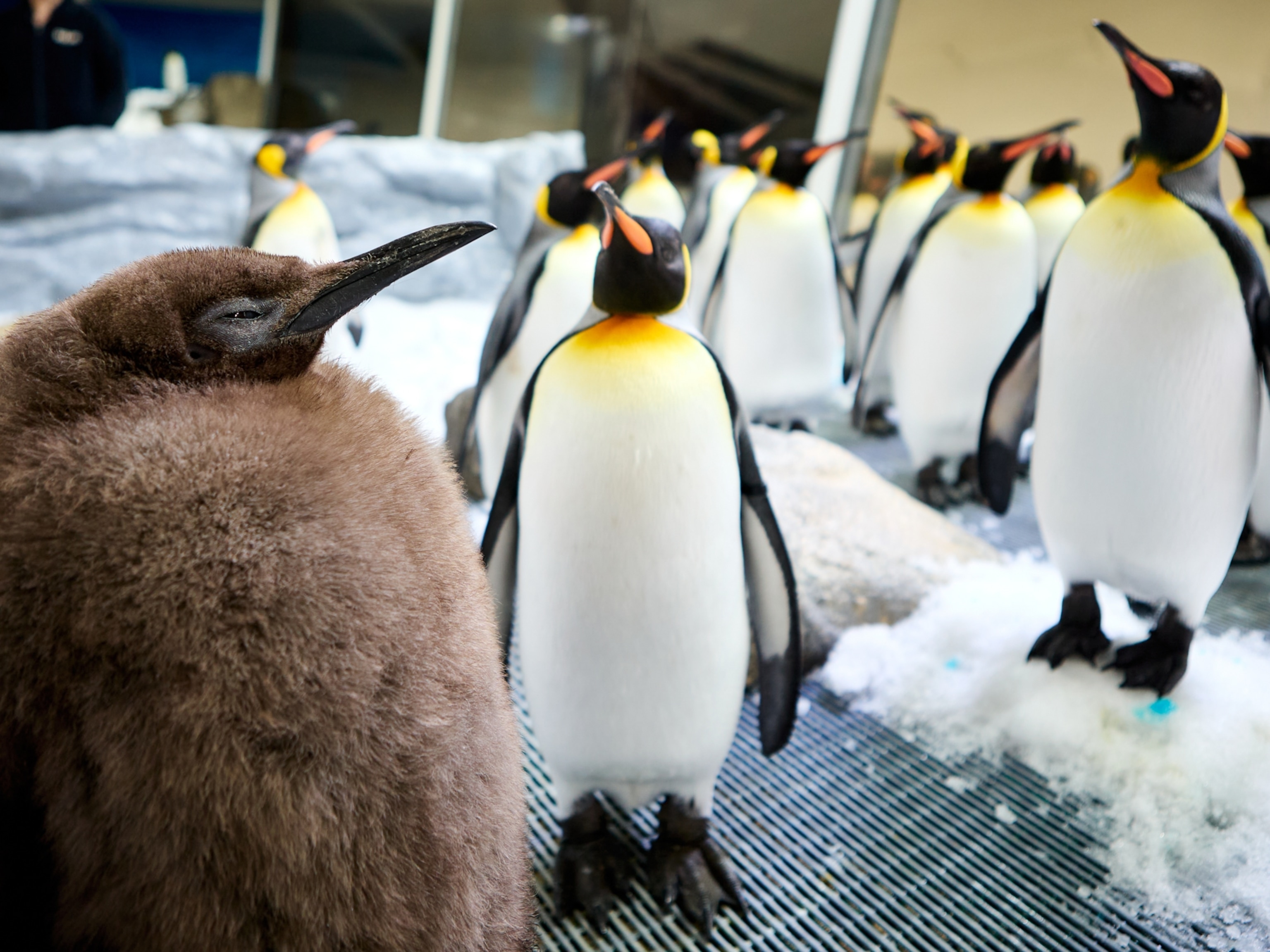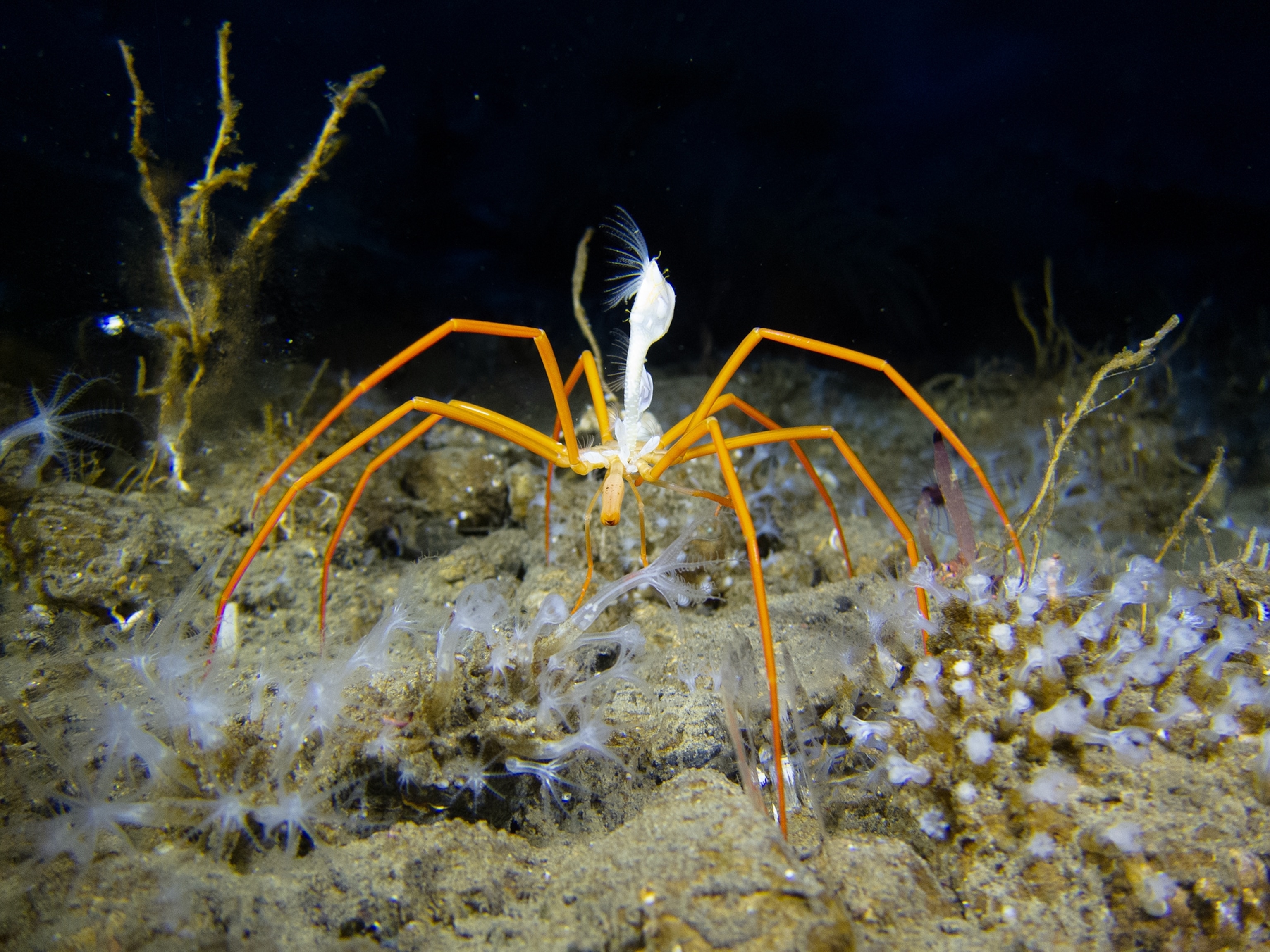Charlotte, the 'virgin birth' stingray, has a disease
Since the stingray went viral in February for supposedly experiencing parthenogenesis, speculation has swirled about her condition.

Charlotte, arguably the world’s most famous stingray, has a disease, aquarium staff have announced.
In February, the Aquarium and Shark Lab by Team ECCO in Hendersonville, North Carolina, reported the round stingray was experiencing "virgin birth," scientifically called parthenogenesis. But as the months went on without pups, speculation swirled as to what was going on with the fish.
Finally, the aquarium posted on Facebook on May 30 that "Charlotte has developed a rare reproductive disease that has negatively impacted her reproductive system." These results "are truly a sad and unexpected medical development." They did not comment on whether she was ever pregnant.
“There are some studies on the southern stingray and other stingray species in captivity that develop reproductive diseases, especially as they get older,” Benjamin Perlman, an ichthyologist at California State University at Long Beach, says via email.
“Depending on the [type of] reproductive disease, it could be fatal."
Not virgin birth
Pregnant stingrays carry their pups on their backs and sides, and when Charlotte began showing the same symptoms earlier this year, the aquarium staff was stumped. She had not been around a male round stingray in many years.
A theory then went viral that Charlotte could have interbred with male sharks in her tank—a physical impossibility due to the species' incompatible DNA.
Instead, the aquarium said she was the first round stingray to display parthenogenesis, or reproduction without fertilization of an egg.
Common among many small invertebrates and fish, this method of asexual reproduction has been documented in more than 80 species. (How some animals have ‘virgin births’: Parthenogenesis explained.)
What is reproductive disease?
An enlarged uterus, cystic ovaries, and unovulated eggs are hallmarks of reproductive disease, according to the Morris Animal Foundation. It's also common in older, captive female stingrays, like Charlotte.
A 2019 study in the American Journal of Veterinary Research examined 48 southern stingrays kept in aquariums, and found 65 percent of these animals "had developing or advanced reproductive disease." In comparison, there was no disease detected in 12 wild and 34 semi-wild stingrays, the later kept in managed lagoons, the research showed.
“Having cystic ovaries could possibly confuse someone to think a ray was pregnant,” Perlman says.
And while Perlman doesn’t know of any cases in which it’s happened, he says it “seems likely that a ray could have some cystic ovaries and some developing embryos and a reproductive disease and still be able to give birth.”
Overall, the realm of such possibilities make it important “to take a reliable sonogram,” he says.
The life of a round stingray
Round stingrays, which average about nine inches long but can grow up to two feet, are native to the shallow waters of the Pacific, from northern California down to Panama. As the name suggests, they are almost perfectly circular, except for a long tail with a venomous spine.
In the wild, females attract males by emitting positive electrical fields from both a respiratory opening called a spiracle behind each eye and other points on their bodies.
Like most animals, round stingrays practice sexual reproduction involving an egg cell and a sperm cell, each of which provides half the genetic information needed to create a living organism.
Once born, wild round stingray pups are on their own, quickly learning to feed themselves, mostly on snails and crabs. (Learn how some stingrays mysteriously make sound.)
What's next for Charlotte?
The aquarium said their "priority is to focus on Charlotte’s health and well-being. We will work with, and be guided by, veterinarians and specialists to better understand this disease and the treatment options for Charlotte."
They wrote that "while the research of this disease is limited, we hope that Charlotte’s case and medical treatment will positively contribute to science and be of benefit to other rays in the future."





